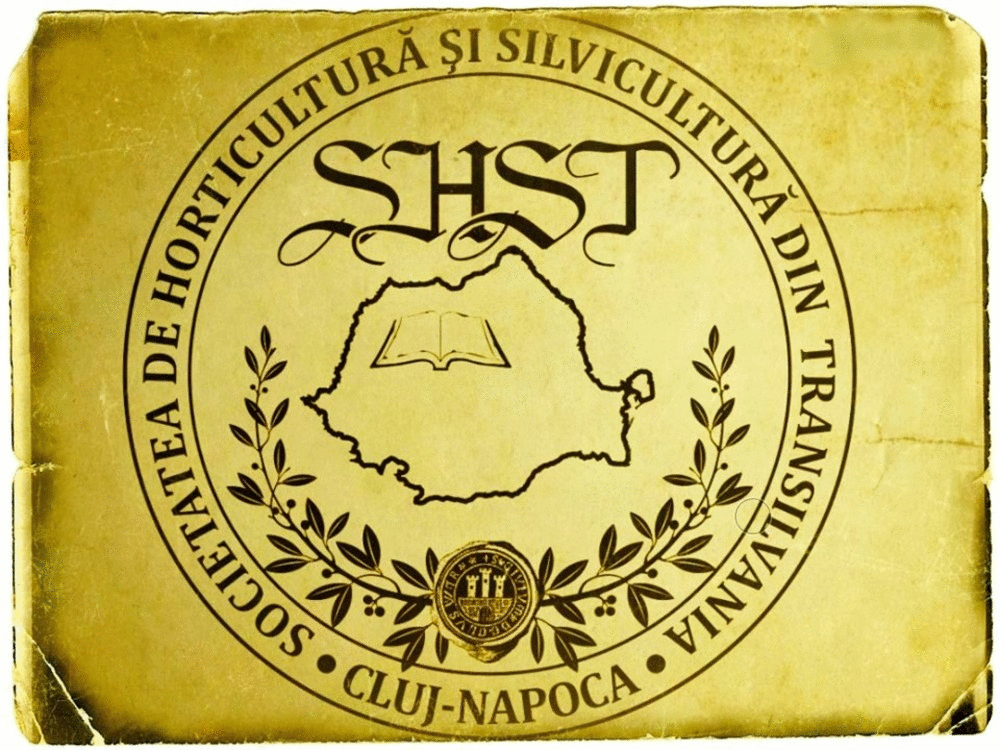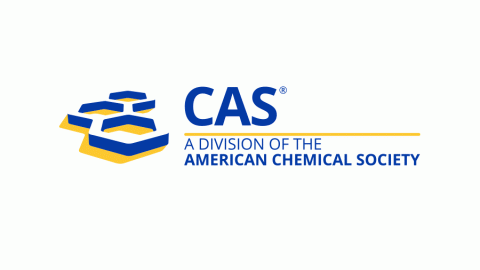Warm Stratification and Chemical Treatments Overcome the Dormancy and Promotes Germination of Colchicum kotschyi Boiss Seeds under in Vitro Condition
DOI:
https://doi.org/10.15835/nsb326057Abstract
Colchicum kotschyi Boiss grows wildly in Iran. Propagation of this perennial geophyte plant takes a long time either by corm or seed. Seeds usually have a deep dormancy and take more than a year to germinate. Therefore in order to find out an effective method to shorten this period, a factorial experiment based on completely randomized design with four replicates was conducted to investigate the effects of warm stratification (no stratification and 8 weeks at 25°C) and different chemical priming treatments. Priming was done by: H2SO4 (0 and 50%) and GA3 at (0, 250, 500 and 1000 ppm) and KNO3 at (1 and 2%). Seeds were all cultured in a Potato Dextrose Agar media (1%) and put in a dark position for germination. The results showed that warm stratification priming alone, had a germination percentage of 28.7%. No germination was observed in control, H2SO4 and KNO3 treatments alone. Warm stratification along with GA3 significantly increased the germination percentage. Maximum germination percentage (70%) was obtained in warm stratification and GA3 (1000 ppm). It seems that the germination problem for most of the Colchicum kotschyi seeds is probably due to a kind of morphophysiological dormancy which is broken by warm stratification along with GA3.
Metrics
Downloads
Published
How to Cite
Issue
Section
License
Papers published in Notulae Scientia Biologicae are Open-Access, distributed under the terms and conditions of the Creative Commons Attribution License.
© Articles by the authors; licensee SMTCT, Cluj-Napoca, Romania. The journal allows the author(s) to hold the copyright/to retain publishing rights without restriction.
License:
Open Access Journal - the journal offers free, immediate, and unrestricted access to peer-reviewed research and scholarly work, due SMTCT supports to increase the visibility, accessibility and reputation of the researchers, regardless of geography and their budgets. Users are allowed to read, download, copy, distribute, print, search, or link to the full texts of the articles, or use them for any other lawful purpose, without asking prior permission from the publisher or the author.













.png)















